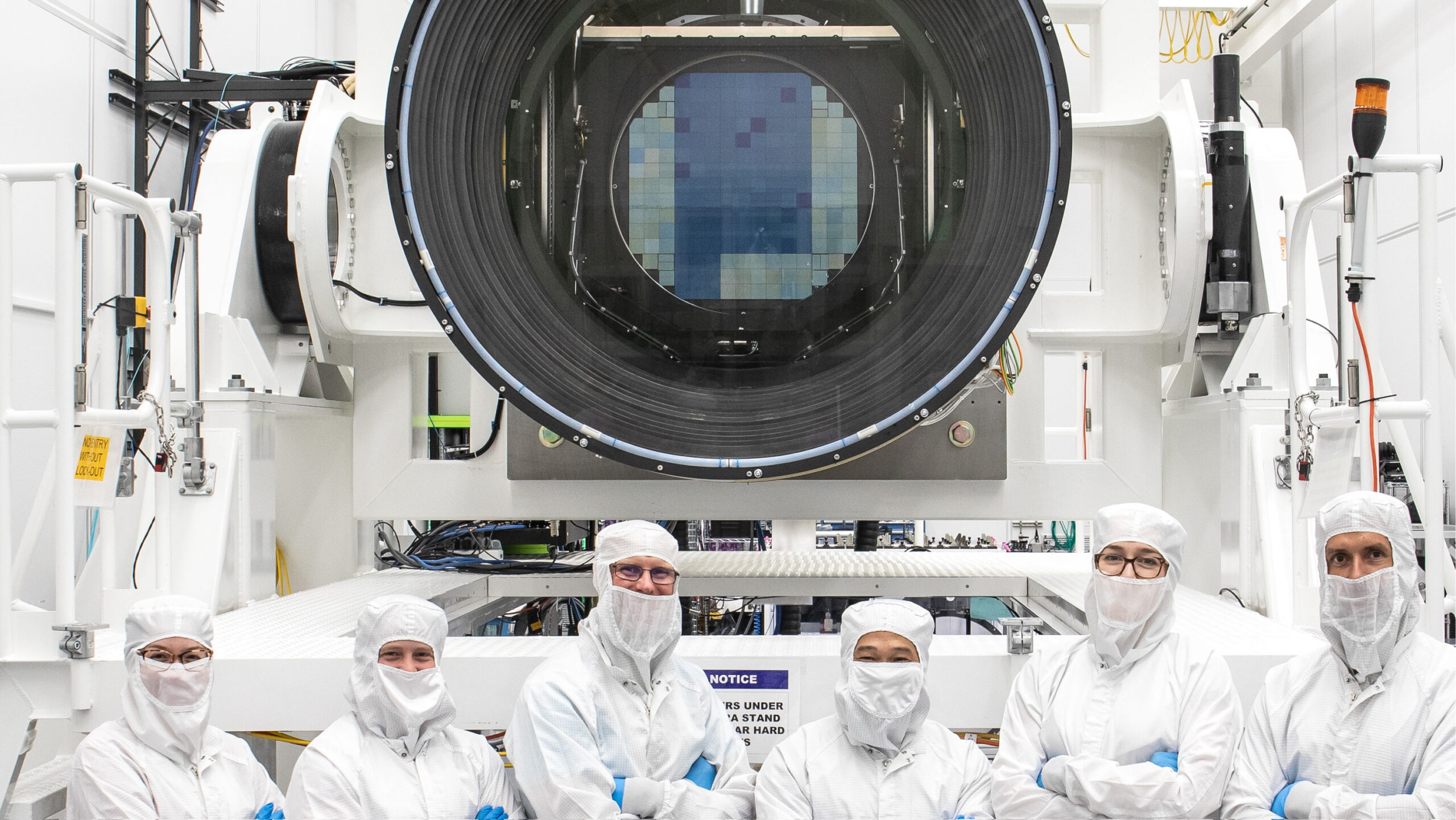
At Chile’s Vera Rubin Observatory, Earth’s Largest Camera Surveys the Sky
How did your country report this? Share your view in the comments.
Diverging Reports Breakdown
At Chile’s Vera Rubin Observatory, Earth’s Largest Camera Surveys the Sky
The camera captures 3.5 degrees of the sky, more than most telescopes can map. Each sensor is about 1.6 inches wide and holds over 16 million pixels. The camera is expected to have a life of more than 10 years. A single Rubin image contains roughly as much data as all the words that The New York Times has published since 1851. The observatory will produce about 20 terabytes of data every night, which will be transferred and processed at facilities in California, France and Britain. The first public images of the night sky are expected to be released on June 23 and will be taken from the new Vera C. Rubin Observatory in Chile. The telescope is on top of an 8,800-foot-high mountain and is located on the Pacific coast of Chile. In a camera with 3.2 billion pixels, there will be defects. A recent incident, possibly an electrical short, may have damaged one sensor.
At the heart of the new Vera C. Rubin Observatory in Chile is the world’s largest digital camera. About the size of a small car, it will create an unparalleled map of the night sky.
The observatory’s first public images of the sky are expected to be released on June 23. Here’s how its camera works.
Sensor 3 inches RAFT Dead segment Noisy segment Damaged sensor Relative size of the moon A series of slides highlighting details of the digital camera’s focal plane, which is a grid of complex sensors. The camera was assembled in a clean room at the observatory before installation. Its focal plane is just over two feet wide: a grid of sensors sealed in a vacuum and supercooled to minus 148 Fahrenheit to prevent grainy or speckled images. Each sensor is about 1.6 inches wide and holds over 16 million pixels. The sensors are grouped into 21 rafts of nine sensors each. Each raft contains over 144 million pixels. Corner rafts detect guide stars and help the telescope correct for optical distortions and temperature changes. In a camera with 3.2 billion pixels, there will be defects. Each sensor is divided into 16 segments, and a few isolated segments are nonfunctional. Other segments have excessive pixel noise, though some may recover over time. And a recent incident, possibly an electrical short, may have damaged one sensor. Rubin’s camera captures 3.5 degrees of the sky, more than most telescopes can map. Each image takes 15 seconds to capture and only two seconds to download. A test image of an archival photograph of Vera Rubin, an American astronomer for whom the observatory was renamed in 2019, was described by the National Science Foundation as “the largest image ever captured in a single shot.” If shown at full size, the image would cover nearly 400 4K TV screens. Clean room photographs by Jacqueline Ramseyer Orrell/SLAC National Accelerator Laboratory. Moon image by NASA Scientific Visualization Studio.
When Times reporters visited the observatory on top of an 8,800-foot-high mountain in May, the telescope was undergoing calibration to measure minute differences in the sensitivity of the camera’s pixels. The camera is expected to have a life of more than 10 years.
An image of the Rubin telescope mount and a large white reflector screen, shown as a comparison with and without ambient lighting. A donut-shaped white screen, at left, was used for calibration. Reflected light helped scientists measure variations in the camera’s 3.2 billion pixels.
A single Rubin image contains roughly as much data as all the words that The New York Times has published since 1851. The observatory will produce about 20 terabytes of data every night, which will be transferred and processed at facilities in California, France and Britain.
PERU BOLIVIA ANDES MTS. Vera C. Rubin Observatory Santiago ARGENTINA CHILE Pacific Ocean BRITAIN Calif. FRANCE Ariz. Flow of data Rubin Santiago PERU BOLIVIA BRITAIN ANDES MTS. Calif. FRANCE Ariz. Flow of data Vera C. Rubin Observatory Santiago ARGENTINA Rubin Santiago CHILE Pacific Ocean Note: Data flow map is schematic, based on Rubin Observatory diagrams.
Specialized software will compare each new image with a template assembled from previous data, revealing changes in brightness or position in the sky. The observatory is expected to detect up to 10 million changes every night.
Some changes will be artificial. Simulations suggest that roughly one in 10 Rubin images will contain at least one bright streak or glint from the thousands of SpaceX Starlink and other satellites orbiting Earth.
Bright streaks from Starlink satellites in a five-minute exposure by the nearby Cerro Tololo Inter-American Observatory. NOIRLab/NSF/AURA
Despite streaks, clouds, maintenance and other interruptions over the next decade, the Rubin Observatory is expected to catalog 20 billion galaxies and 17 billion stars across the Southern sky.
Source: https://www.nytimes.com/interactive/2025/06/19/science/rubin-observatory-camera.html
